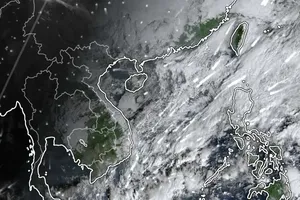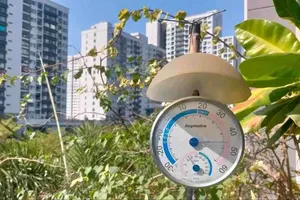The forecast was one of the contents reported by the National Center for Hydrological and Meteorological Forecasting regarding the national climate trends from November 2024 until January 2025.
The National Center for Hydrological and Meteorological Forecasting reported that the number of storms slamming into the East Sea and making landfall in Vietnam in the upcoming months could increase significantly compared to the yearly average.
The Central and Southern provinces and cities are likely to be primarily affected by storms, or their aftermaths with downpours, waterlogging and flashfloods in various mountainous and coastal areas.
The National Center for Hydrological and Meteorological Forecasting also warned of heightened risk for intense rainfalls across the Mid-Central and South-Central regions in November and intensity of cold waves in the Northern and North-Central regions in the second half of December this year.
The rainy season over the Central region is expected to last until the end of December 2024, intensifying the risk of damage to property, production activities and people’s lives, notably in the three provinces of Quang Nam, Quang Ngai and Binh Dinh.
Therefore, local residents need to proactively plan and prepare necessary measures to respond to emergencies if any.
Meanwhile, prolonged crucial extreme cold waves are likely to significantly damage agriculture, livestock and affect human health in affected areas, particularly in some mountainous areas in Lao Cai and Ha Giang as ice and hoar frost occur.
























